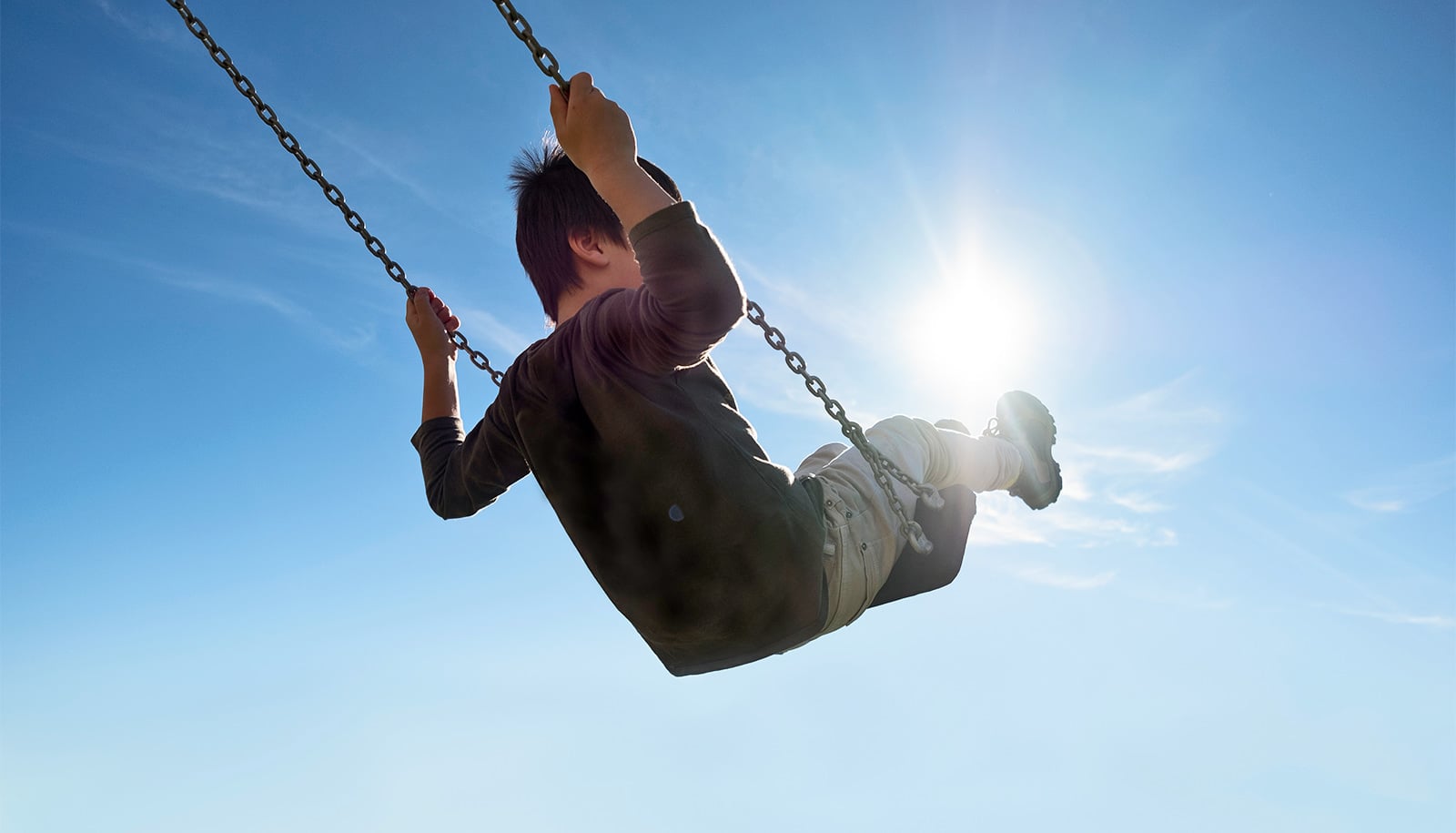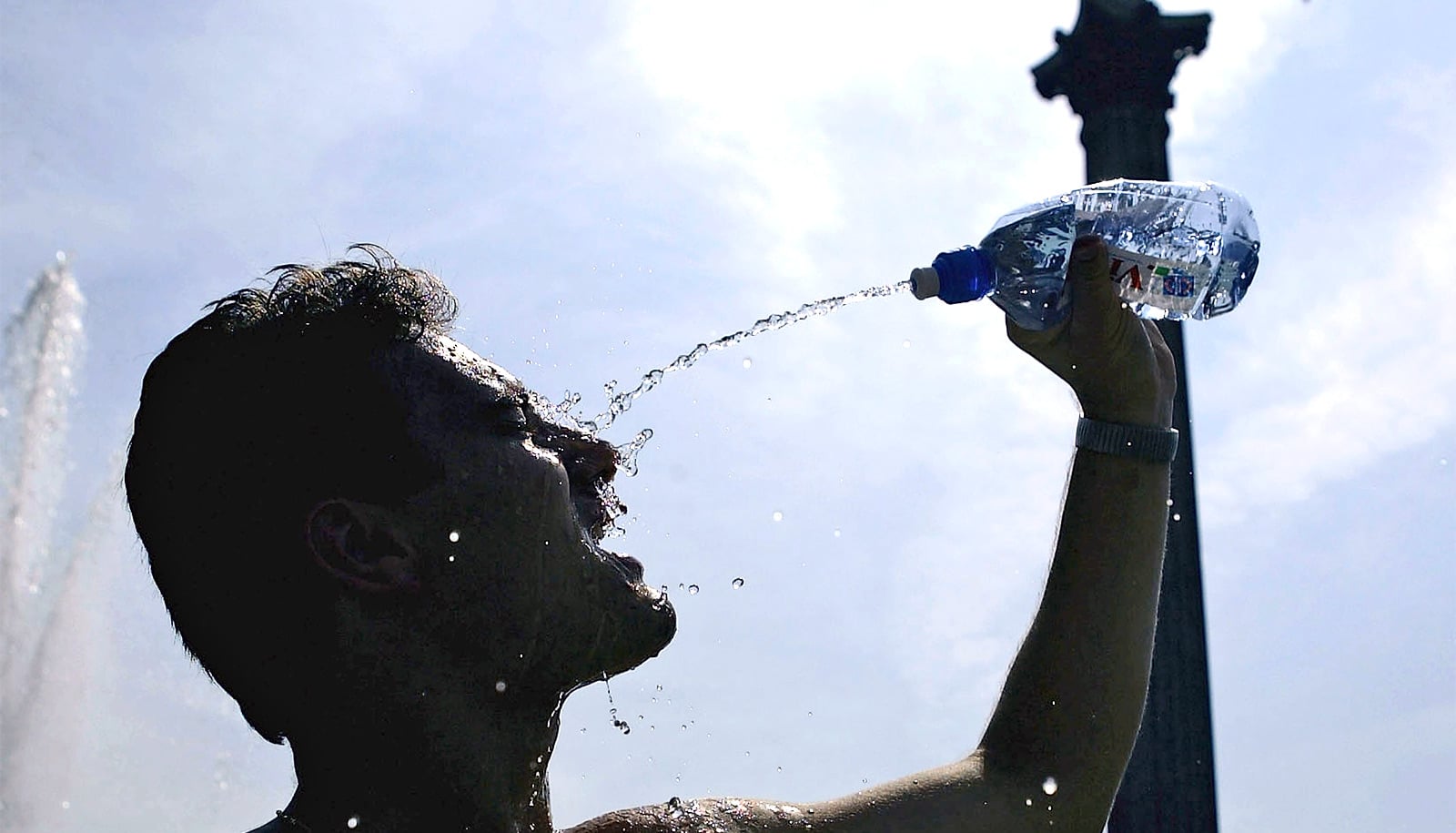As temperatures rise, so does the maltreatment of children, according to a new study.
The study, released as a National Bureau of Economic Research working paper, offers new insights into how climate change will affect child welfare.
Drawing from a decade’s worth of data from state child protection agencies, the researchers analyzed the effects of extreme temperatures on child welfare. Focusing on the most vulnerable group—children up to 4 years old—the study pinpointed an upswing in maltreatment, specifically neglect, during hot periods.
In fact, once the temperature reaches 95 degrees, the rate of maltreatment increases by about 5% compared with when temperatures are in the 60s. Notably, researchers found that air conditioning does not eliminate the temperature-maltreatment link.
Combining predictions from 25 global climate models, researchers also peered into the future, predicting that during the period 2061-2080, climate change will lead to an uptick in maltreatment of 13% over the current average.
“Our research sheds light on another negative impact of climate change, one that will affect young children, their families, and the systems designed to support them like child welfare agencies,” says Mary Evans, the study’s first author and a professor of public affairs at the LBJ School of Public Affairs at the University of Texas at Austin. “Our results are particularly relevant for Texas, which will continue to battle more days of hot temperatures due to climate change.”
In the US, child maltreatment is common and costly. Almost 40% of children in a 2011 survey reported experiencing maltreatment by adulthood. Furthermore, 40% of the victims of child maltreatment are 4 years old or younger. Victims of child maltreatment can experience lower levels of educational achievement, lower rates of employment, lower earnings, fewer assets, an increased risk of substance abuse, and are more likely to engage in crime and be incarcerated later in life. Research estimates the average lifetime cost per victim of nonfatal child maltreatment to be over $200,000.
Researchers point to three potential avenues linking temperature to child welfare. First, extreme temperatures can affect the mental health and behavior of adults and children. Stress from extreme temperatures affects judgment, decision-making, and cognitive capacity. Second, temperature can affect child and parental time use. For example, school absences increase in warmer temperatures, which could in turn change parental work schedules. And finally, increasing temperatures can change children’s exposure to people such as case workers, police officers, neighbors, teachers, medical providers, and child care providers. Several of these personnel are important mandatory reporters of child maltreatment.
Additional study authors are from the University of Warwick and Claremont McKenna College.
Source: UT Austin



